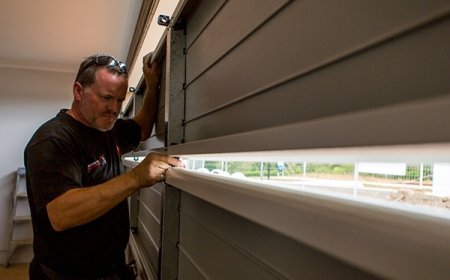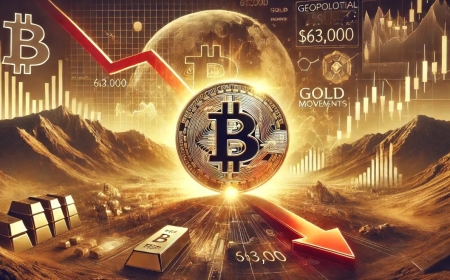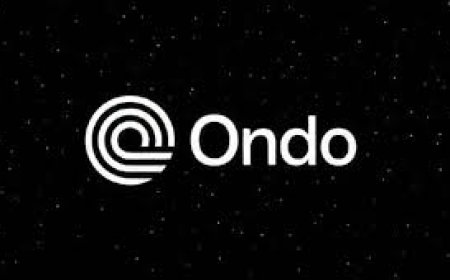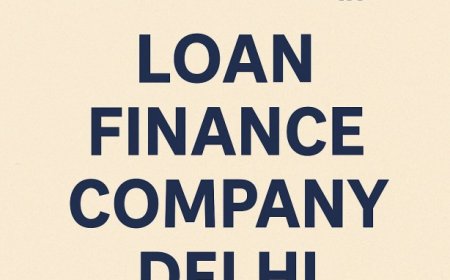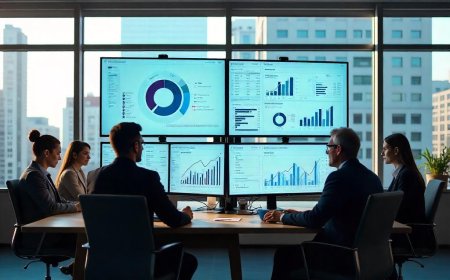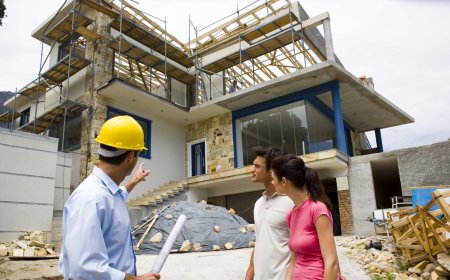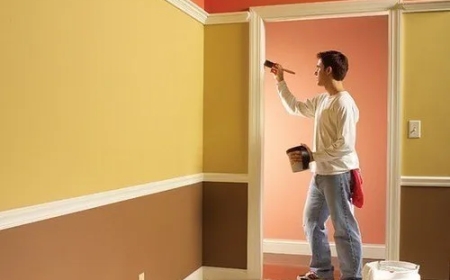How Tokenized Real-World Assets Are Reshaping Crypto Investing?
As traditional markets look to harness blockchain’s transparency and efficiency, RWAs are fast becoming a critical bridge between old and new finance.
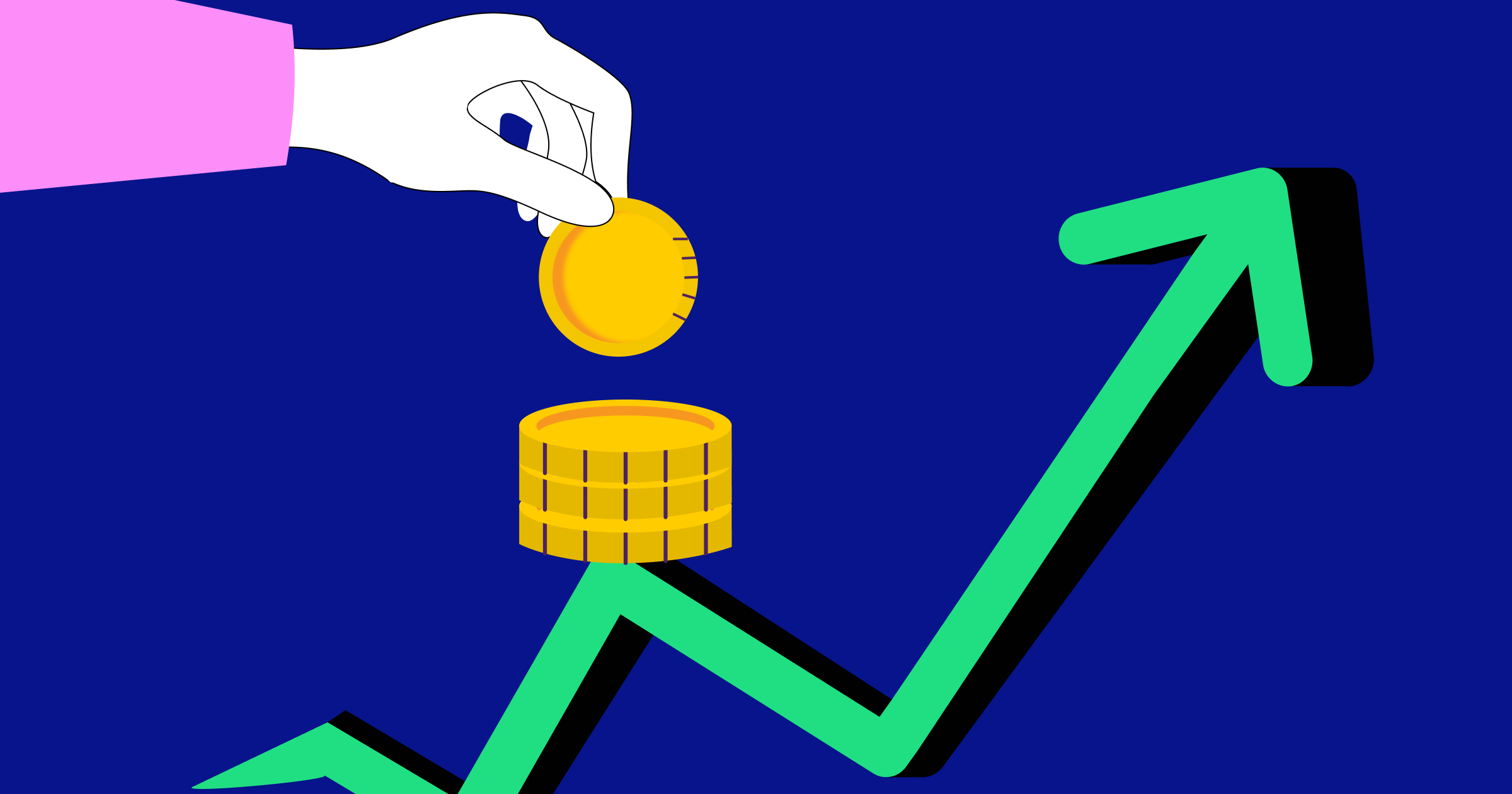
Over the past decade, cryptocurrency has dramatically transformed how people store, transfer, and grow their wealth. But while early adoption focused heavily on digital-native tokens like Bitcoin and Ethereum, a new frontier is drawing serious attention from investors and institutions alike: the tokenization of real-world assets (RWAs). As traditional markets look to harness blockchains transparency and efficiency, RWAs are fast becoming a critical bridge between old and new finance.
What began as a speculative hunt for the next crypto presale to buy now has evolved into a broader appetite for tangible value on-chain. Tokenized real estate, art, bonds, and even commodities are moving from niche pilot projects to scalable products. These innovations promise to unlock liquidity for historically illiquid markets and enable fractional ownership for millions of people worldwide. As blockchain developers and regulators refine the infrastructure, RWAs are poised to be one of cryptos most transformative trends in the years ahead.
What Are Tokenized Real-World Assets?
At its core, tokenization means representing ownership of a physical or financial asset with a digital token on a blockchain. Think of a luxury apartment in New York or a vintage Picasso painting traditionally, owning or investing in these requires significant capital and paperwork. Through tokenization, these assets can be divided into smaller, tradable units, allowing multiple investors to hold fractional stakes securely.
This approach offers several benefits:
-
Liquidity: Illiquid assets like real estate or fine art can be bought and sold more easily when represented as digital tokens.
-
Accessibility: Retail investors can participate in asset classes that were once reserved for the ultra-wealthy.
-
Transparency: Blockchain ledgers provide immutable records of ownership and transfer.
-
Efficiency: Smart contracts can automate processes like rent distribution or dividend payments.
Why RWAs Are Gaining Momentum Now?
The tokenization of real-world assets isnt entirely new. Early experiments date back to 20172018 but were hindered by unclear regulations, immature blockchain tech, and low investor confidence. However, several factors are changing the game:
1. Regulatory Clarity
Countries like Switzerland, Singapore, and the UAE have crafted clearer legal frameworks for security tokens and asset-backed digital products. This gives institutions confidence to develop and offer tokenized products within compliant structures.
2. Institutional Adoption
Major banks and asset managers are launching pilot projects and live products. JPMorgans Onyx Digital Assets and BlackRocks interest in tokenized funds signal serious momentum.
3. Technological Maturity
Todays blockchains offer higher throughput, cheaper transaction costs, and better security than the platforms used just a few years ago. Layer 2 solutions and interoperability protocols make it easier to deploy RWA platforms at scale.
4. Investor Demand for Yield
In a high-interest-rate environment, investors want assets that generate reliable returns. Tokenized bonds, for instance, can deliver yields while offering the liquidity of crypto trading.
Examples of Tokenized Assets in Action
Lets look at some real-world cases where tokenization is moving from theory to practice:
-
Real Estate:
Platforms like RealT and Brickblock allow investors to buy fractional shares of rental properties. Token holders receive rental income directly into their wallets. -
Commodities:
Paxos Gold (PAXG) is a blockchain token backed 1:1 by physical gold. It provides the stability of gold with the flexibility of crypto. -
Debt Instruments:
Protocols like Centrifuge tokenize invoices and loans, enabling decentralized finance (DeFi) lenders to invest in real-world credit markets. -
Art and Collectibles:
Masterworks lets users buy fractional ownership in high-value paintings. Blockchain ensures provenance and transferability.
These examples show how traditional assets can reach broader audiences and unlock liquidity trapped in static markets.
Key Benefits for Investors
For crypto investors, RWAs offer diversification and more stable returns compared to volatile coins. Heres why tokenized assets appeal to both retail and institutional players:
? Reduced Volatility:
While crypto markets can swing wildly, real estate, bonds, and commodities tend to have more predictable value trajectories.
? Income Streams:
RWAs can generate passive income from rent, interest payments, or royalties distributed automatically through smart contracts.
? Global Accessibility:
Investors anywhere can participate without geographic or banking restrictions.
? Programmable Ownership:
Smart contracts can handle profit sharing, governance rights, and compliance, minimizing middlemen.
Challenges and Risks to Watch
Despite the optimism, RWAs are not without hurdles. Investors should keep an eye on these potential pitfalls:
1. Legal Complexity:
Securities laws vary by country, and cross-border compliance can be tricky. Projects must navigate these rules carefully to avoid regulatory blowback.
2. Custody and Trust:
A tokenized house still needs a real-world legal structure to ensure that token holders truly own part of the physical asset. Strong custodial and trustee services are essential.
3. Liquidity Mismatch:
While tokens are tradable, the underlying asset may not be. This can create risks if many token holders want to sell simultaneously.
4. Technical Security:
Smart contract bugs or poor platform security can lead to losses, even if the physical asset is sound.
The Future of RWAs: Whats Next?
Analysts at top consulting firms predict the tokenized RWA market could exceed $10 trillion by 2030. Major players like Goldman Sachs and HSBC are already experimenting with tokenized bonds and equities. As blockchain regulation matures and technical barriers shrink, RWAs will likely integrate more deeply into mainstream finance.
For everyday investors, this means opportunities to build portfolios that combine the best of both worlds: the security of tangible assets and the flexibility of crypto markets. The next few years will see more user-friendly platforms, tighter compliance, and broader product offerings.
Final Thoughts
Tokenized real-world assets stand to revolutionize how we invest, borrow, and store value. By merging traditional wealth with decentralized networks, they promise to democratize finance on a global scale.









